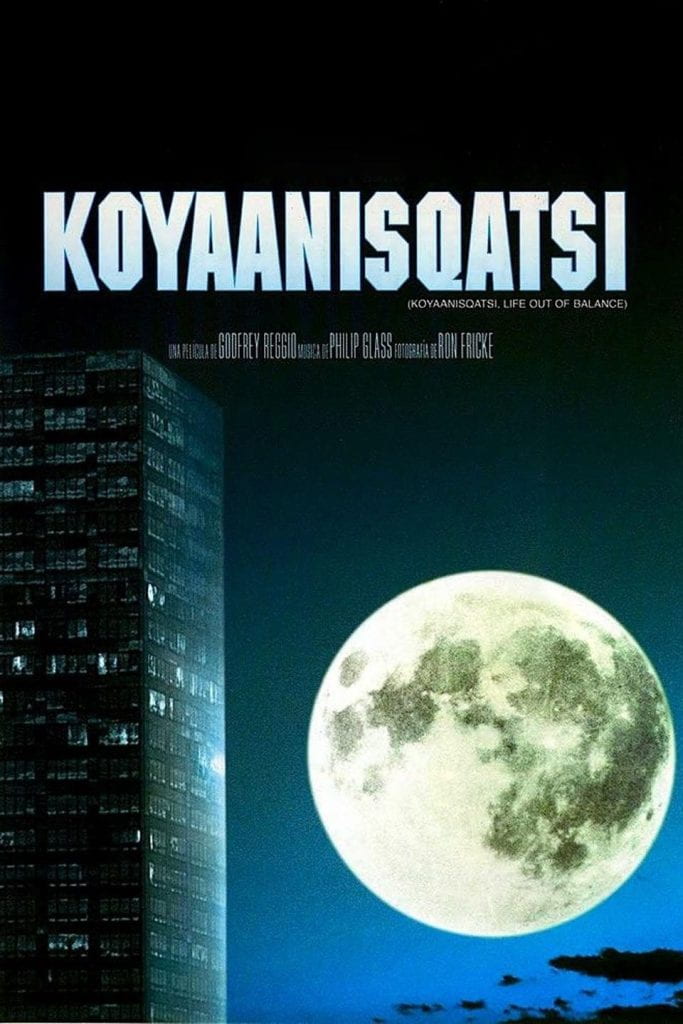I recently gave a presentation that ended with a montage of images showing human impacts on the environment. Very visually impactful. Accompanying the slide, I commented, factually, that the content was not that of some fantasist’s dystopian view of the future. The content I showed is from the here and now and a world that is very, very different from what it was when many older people living today were young.
Though not well-known, much of the environmental degradation in the world today was predicted before the life spans of any person now living. For instance, Svante Arrhenius, regarded by many as one of the most brilliant scientists who ever lived and one of the first recipients of the Nobel Prize (in 1903), predicted climate change. In 1896, Arrhenius published an article detailing the results of his calculations, in which he estimated that a significant increase in carbon dioxide emissions would result in a global warming of Earth by 9 to 11 degrees Fahrenheit. Now, we have approximately a century plus of data that is in startling agreement with Arrhenius’s original predictions.
In all this thinking of “then and now,” I cannot help but wonder if any messaging by scientists could ever be adequate to affect environmental thinking, much less behavior. I asked the Meadows Center’s Communications Manager if it would be acceptable to post non-verbal content, and she said yes, so here it is: Koyaanisqatsi, a 1982 non-verbal documentary, alternately referred to as a visual tone poem, preserved in the United States National Film Registry by the Library of Congress for being culturally, aesthetically, or historically significant. You can watch it uninterrupted for $3.99 at the links below, for free via Kanopy if you have a public library card or university login ID, and for free via Pluto TV or Amazon with a few ads. Watching the 86 minutes in one sitting is needed to understand the film.
The word, Koyaanisqatsi, is a Hopi word that does not adequately translate into English but has been described as “life out of balance.” Synonymous with this interpretation, another is that life out of balance is “a state of life that calls for another way of living.” This film has been described as the best environmental movie you have never heard of, though, in keeping with the original intentions of the filmmakers, it is up to you, if you view it, to decide the meaning.
Where to Watch Koyaanisqatsi

(free if you have a public library card or university login)
(free, with ads, no login)
(using Amazon login, free, with ads)
